- +91-98123456789
- info@cmrindia.com
- Subscribe to CMR Connect
- Reactive Recovery is History; Predictive Protection is the Way Ahead for Indian Companies
- How AI Solutions Are Democratizing Enterprise Software Creation?
- Beyond the Single Pane of Glass: Why True Convergence Requires a Single Pane of Action?
- The Next Frontier of IT Growth: Mitrahsoft Solutions Unlocking the Potential of Tier-2 India
- AI is the “Game Changer” for Enterprises, But ROI and Data Readiness Remain the Biggest Hurdles
READ THROUGH THE INSIGHTFUL MINDS OF CMR'S ANALYSTS
ANALYST VIEWPOINT

India’s Telcos Clock Steady Gains as 5G and FWA Expand Footprint
Subscriber growth, ARPU uplift, and digital infra investments mark a defining quarter in Indian telecom. India's telecom industry has entered

IBM Think 2025: A Pragmatic Blueprint for Enterprise AI
At IBM Think 2025, IBM reinforced its commitment to enabling enterprise-scale AI grounded in real-world operational and technological complexity. Rather

The Future of Gaming is Female!
As International Women's Day 2025 approaches, there’s no better time to celebrate the women who are redefining the gaming industry.
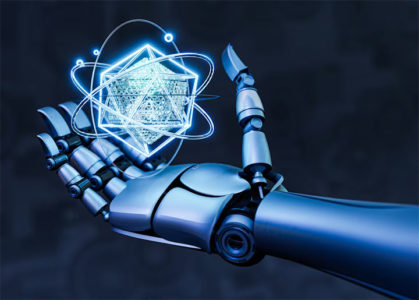
India’s Role in the Global AI Ecosystem: Key Insights from NVIDIA AI Summit 2024
As India cements its status as a technology powerhouse, Artificial Intelligence (AI) is rapidly transforming industries across the board, reshaping
RESEARCH AND SERVICES
OFFERINGS
Intelligence
The Industry intelligence Group (IIG) provides timely market and technology insights through an extensive portfolio of proprietary market and channel trackers around the dynamic devices ecosystem in India, APAC.
Read More
Marketing Services
Leverage from our custom and industry platforms to make a decisive pitch. Tell others why you outshine the competition.
Subscribe to our newsletter
Sign up for our Newsletter and get the Research Insights.
LATEST PUBLISHED INDUSTRY INSIGHTS
MEDIA RELEASES

Consumer Internal SSDs Sustain Strong Momentum With 48% YoY Growth: CMR
SATA SSDs accounted for 65% of the market, while NVMe SSDs grew 28% sequential. External SSDs shipments growth 18% QoQ

India’s Consumer Storage Market Surges 44% YoY in Q3 2025: CMR
Gurugram/New Delhi, December 03, 2025: India’s consumer storage market is regaining strong momentum. According to CyberMedia Research’s (CMR) latest India

India Tablet Market Rebounds 33% QoQ in Q3 2025, Premium and 5G Drive Growth, Says CMR
5G tablets posted 44% YoY growth, reflecting strong and accelerating adoption. Tablets with 6GB RAM grew 262%, while 12GB RAM

Performance-First Youth Market: 86% Prioritise Speed, 82% Switch for Features; Realme Leads Recommendations at 79%, says CMR
Gurugram/Delhi. 24 Nov 2025: A new study by CyberMedia Research (CMR) reveals that India’s youth are increasingly choosing performance-first smartphones
MARKET UPDATES






















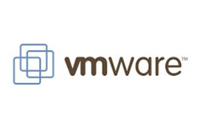
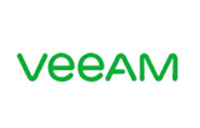
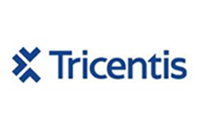
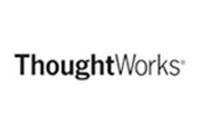
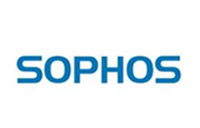
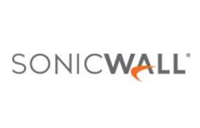
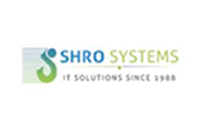


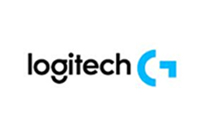
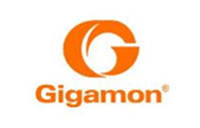








CMR ON SOCIAL MEDIA